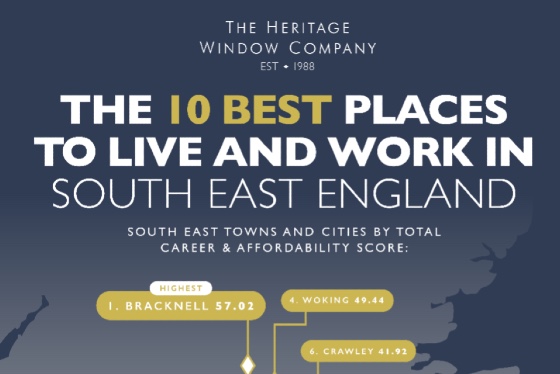By Gail Callicott, Head of Communications, Sopra Steria Recruitment
Historically, the relationship between in-house talent acquisition teams and external agencies hasn’t always been an amicable one.
However, amid the increasingly volatile business environment that we find ourselves navigating today, the agendas of both groups are colliding – with in-house talent teams taking an increasingly larger role in hiring programs, and many recruitment partners struggling to adapt as a result.
In order for both groups to mutually benefit, old rivalries will need to be put aside, and mutually beneficial solutions found. Objectively, both models have their benefits – but are also prone to weaknesses, and ideally, in-house and external recruiters should be looking to build fair, honest and open relationships, working collaboratively to complement each other’s activities.
Rise of in-house talent teams
Recently, there has been a notable rise of employers and internal hiring teams taking a large role in the hiring process. Through increased sophistication and powerful employee brand messages – many of these teams are functioning just as effectively as external recruitment firms. This has created a change in the market, where many agency partners will need to adapt their service offering in order to complement these talent teams, or end up dead in the water.
Pros and cons
Both models of recruitment have their pros and cons. External recruitment can come up short in a number of areas. For instance – some firms fail to have visibility of the wider workforce of their clients, hiring without this important factor in mind, along with a lack of knowledge of the businesses culture, and no autonomy to flex roles to fit the strengths of individual candidates. However, on the other hand, they are extremely efficient at filling roles, and usually have valuable expertise and unrivalled networks in the sectors that employers are hiring in.
Conversely, in-house talent teams may have an extensive knowledge of company culture and the values that a candidate will need to thrive. They are also likely to have a much larger ability to flex roles and manoeuvre workforces to ensure that there are no skills shortages, and that promising candidates who don’t fit the mould are not overlooked. In this regard, they can hire people that external recruitment partners may miss out on. However, they generally have less access to the wider talent pools, and work in silo, meaning they are not always privy to new processes and ideas being successfully utilised in the wider sector.
Tailored service offering
While the two models have their advantages and disadvantages, together, they can complement each other and make up for each other’s weaknesses to act as an extremely powerful recruitment function. At Sopra Steria Recruitment, we have adapted to today’s landscape by offering tailored solutions for individual clients through our optimum vendor model. This approach came from conversations that we had with HR teams which were managing talent acquisition in house but were in need of additional support such as compliance, response management or D&I support. Ultimately, providing end-to-end recruitment will not cut it anymore, and by adapting their talent strategies in a similar manner, agencies and internal talent team can both benefit.
How can it work?
By putting old differences aside and working together without seeing each other as a threat, both parties can benefit. ‘Transactional’ recruitment of the past has not been viable for a long time now, and the most successful partnerships will be the one in which in-house talent teams and recruiters genuinely engage. By forging fair, honest and open relationships, everyone wins and value is sustained. This is an engagement model that will likely lead to far more long-term client retention and longevity. This will also give both parties access to the widest pool of available talent, better candidate engagement and, ultimately a better quality of hire.
Image by aymane jdidi from Pixabay






